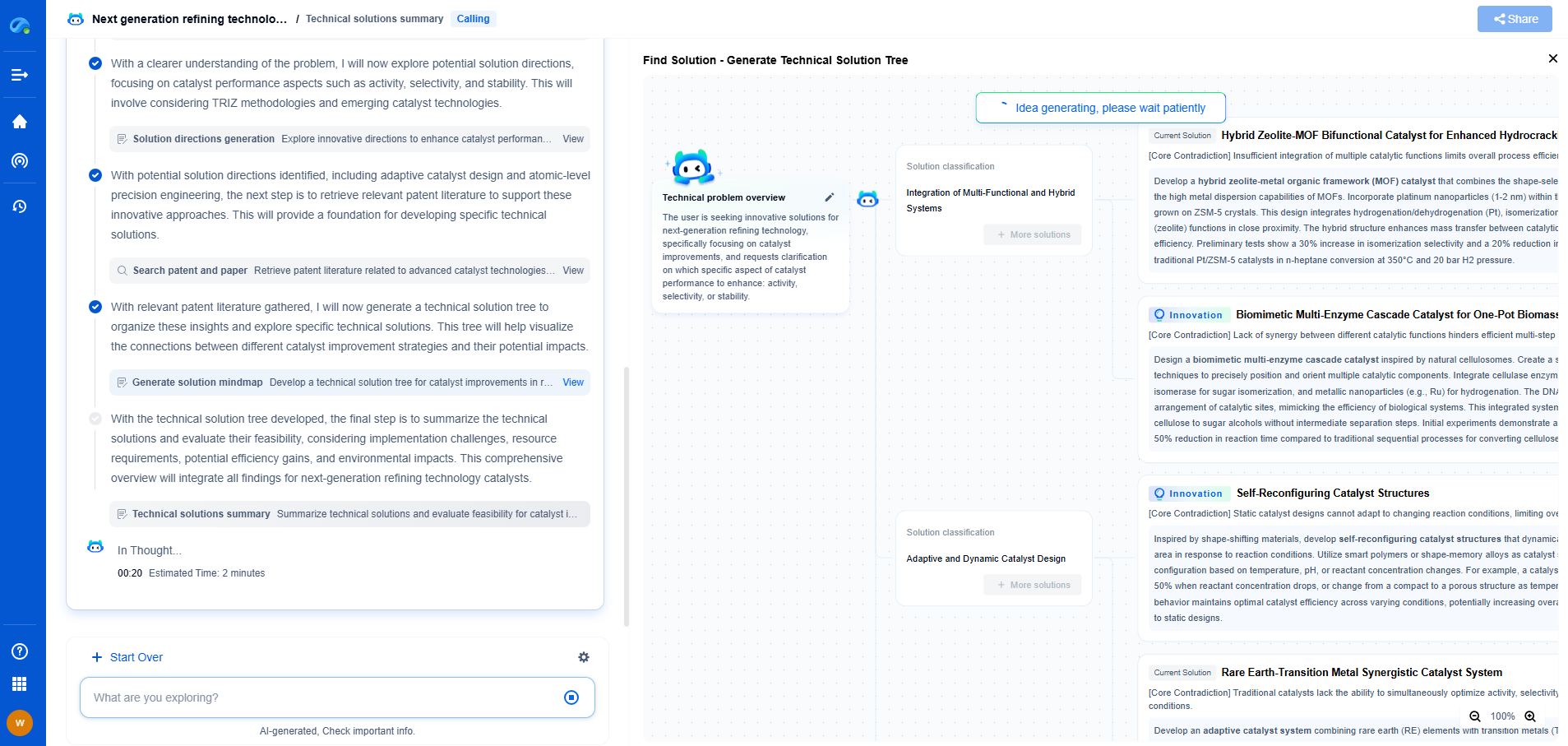PCB Antenna vs. External Antenna: Design Tradeoffs for IoT Devices
JUN 27, 2025 |
In the rapidly evolving landscape of IoT devices, choosing the right antenna is crucial for ensuring optimal performance. An antenna is the critical component that enables communication between IoT devices and their networks. The decision often boils down to two primary options: PCB antennas and external antennas. Each has its own set of advantages and tradeoffs that need careful consideration.
PCB Antennas: Advantages and Considerations
PCB (Printed Circuit Board) antennas are an integral part of the device's circuit board. They are popular due to their compact size and cost-effectiveness. With no additional components needed, PCB antennas reduce the overall cost and simplify the manufacturing process. They also allow for sleek and compact device designs, which is a significant advantage for small, portable IoT devices.
However, PCB antennas come with their own set of challenges. The performance of a PCB antenna is highly dependent on the design and layout of the circuit board. Factors like the size of the board, the materials used, and proximity to other components can significantly affect the antenna's efficiency. Hence, designing a PCB antenna requires careful planning and consideration of the entire system layout to mitigate interference and signal attenuation.
External Antennas: Advantages and Considerations
On the other hand, external antennas offer superior performance in terms of range and signal strength. They provide flexibility in placement, which can be crucial for optimizing signal reception and transmission. External antennas can be oriented or positioned to achieve the best possible performance, making them ideal for applications where maximum range and reliability are required.
The primary tradeoff with external antennas is size and cost. They usually require additional space within the device housing, which can be a limiting factor for compact designs. Additionally, they add to the overall cost, both in terms of materials and assembly. External antennas might also require connectors, which can add complexity to the device design.
Performance and Application Context
While PCB antennas are generally more suited for applications where cost and size are critical, external antennas are preferable for environments demanding robust performance. For instance, in industrial IoT applications, where devices may need to communicate over longer distances or through challenging conditions, external antennas might be the optimal choice.
In contrast, consumer electronics, such as smartwatches or fitness trackers, benefit more from PCB antennas due to their smaller size and lower cost, while still delivering sufficient performance for short-range connectivity.
Environmental Factors and Antenna Selection
The environment in which the IoT device operates plays a significant role in antenna selection. Factors such as interference, physical obstructions, and required range must be considered. In dense urban environments or buildings with substantial interference, external antennas may offer better reliability. Conversely, for devices used in open areas or where interference is minimal, PCB antennas could suffice.
Conclusion
In the design of IoT devices, the choice between PCB and external antennas involves tradeoffs between size, cost, performance, and environment. Understanding the specific requirements of the application and the conditions in which the device will operate is vital to making the right choice. Both antenna types have their place, and selecting the most suitable one can significantly impact the efficiency and reliability of IoT communications.
Unlock Next-Gen Innovation in Communication Technology with Patsnap Eureka
The field of communication technology is evolving at breakneck speed—from 5G and satellite systems to next-gen wireless protocols and quantum communications. Staying ahead demands more than just information—it requires strategic insights, real-time patent intelligence, and a deep understanding of technological trajectories.
Patsnap Eureka, our intelligent AI assistant built for R&D professionals in high-tech sectors, empowers you with real-time expert-level analysis, technology roadmap exploration, and strategic mapping of core patents—all within a seamless, user-friendly interface. Whether you're optimizing signal processing designs, navigating 3GPP standards, or exploring IP strategies for IoT and 6G networks, Eureka helps you move faster, think deeper, and innovate smarter.
Try Patsnap Eureka today—and see how it can transform the way you work across the entire communication technology innovation lifecycle.
- R&D
- Intellectual Property
- Life Sciences
- Materials
- Tech Scout
- Unparalleled Data Quality
- Higher Quality Content
- 60% Fewer Hallucinations
Browse by: Latest US Patents, China's latest patents, Technical Efficacy Thesaurus, Application Domain, Technology Topic, Popular Technical Reports.
© 2025 PatSnap. All rights reserved.Legal|Privacy policy|Modern Slavery Act Transparency Statement|Sitemap|About US| Contact US: help@patsnap.com

